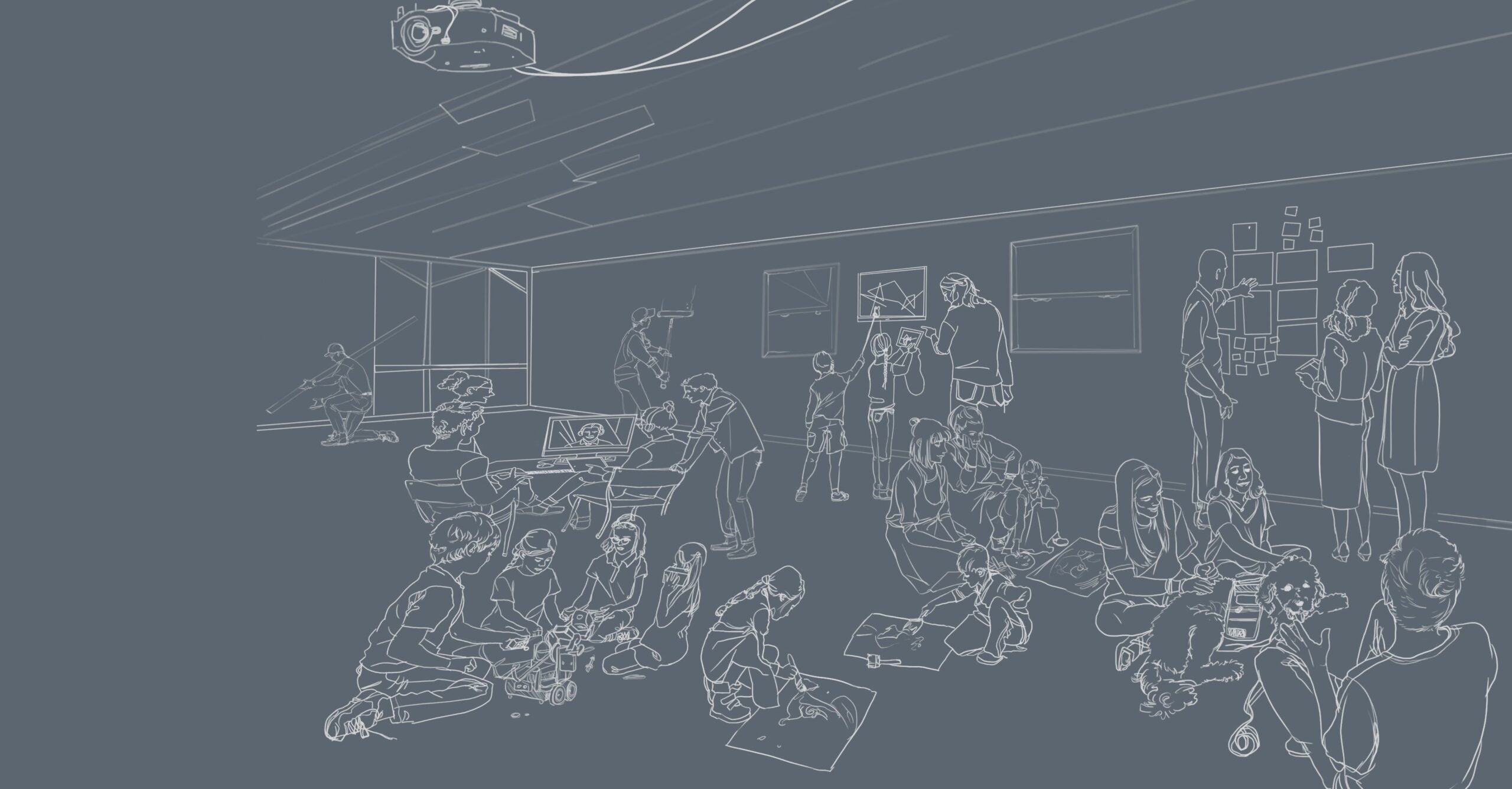Topic: Distributed Expertise

The value of distributed expertise
Professional Pathways Site Lead Valerie Roderick describes how educators can learn and grow from being members of teams that distribute their expertise. She also makes the connection between teaming and the issue of educator burnout: we can’t expect educators to be all things to all people at all times, and distributing expertise helps to make educators’ jobs manageable.

Benefits of Teaming: Support, Complementary Strengths, and Multiple Mentors
In this clip, MLFC Resident Jordan Dick describes what she sees as the benefits of working on a team of educators with distributed expertise.

The impact of the teaming model on teams with teacher candidates
Here, Kelly Owen, Clinical Assistant Professor and Senior Program Strategist, describes the impact of Next Education Workforce models on Lead Teachers, Teacher Candidates and students.

